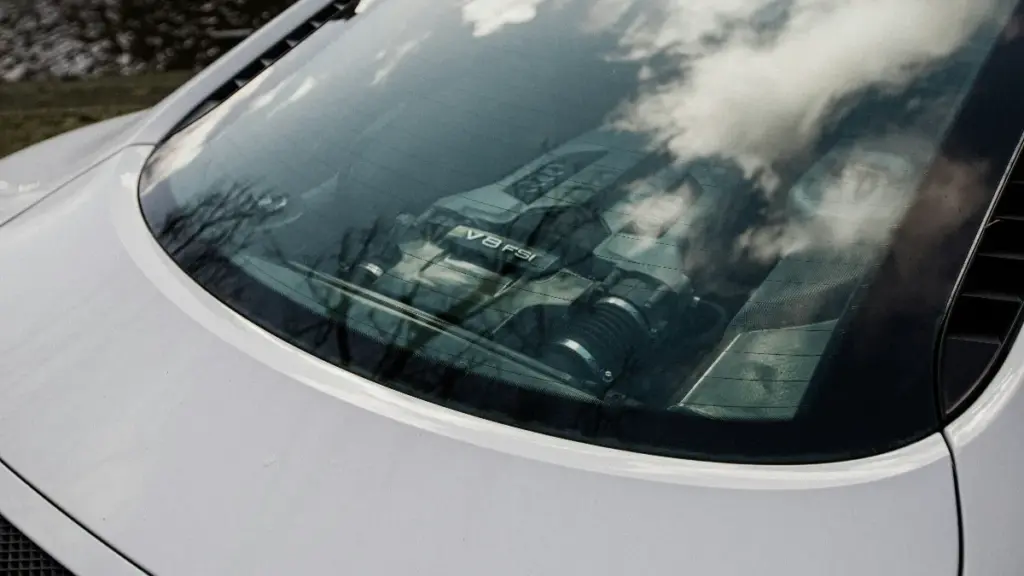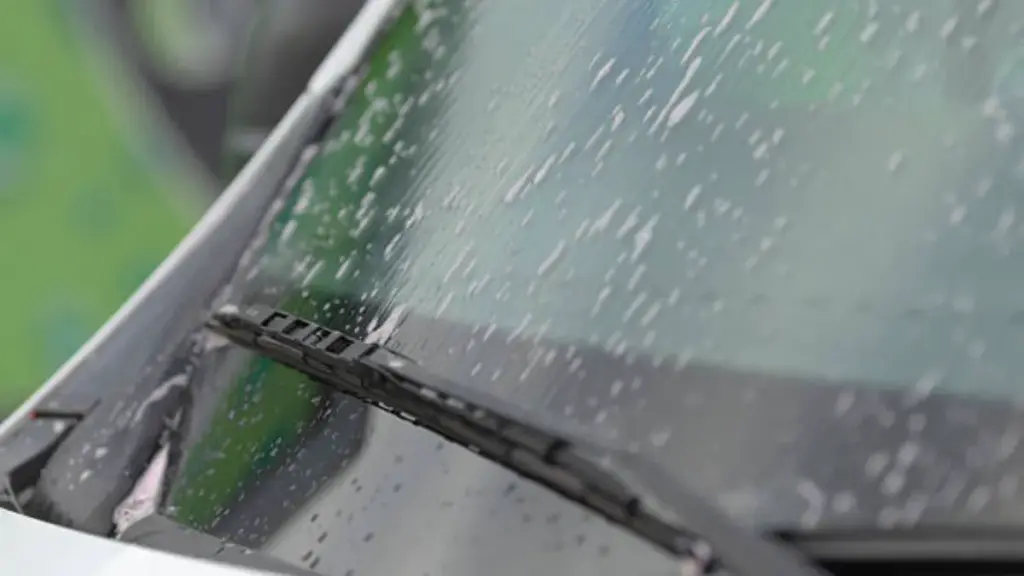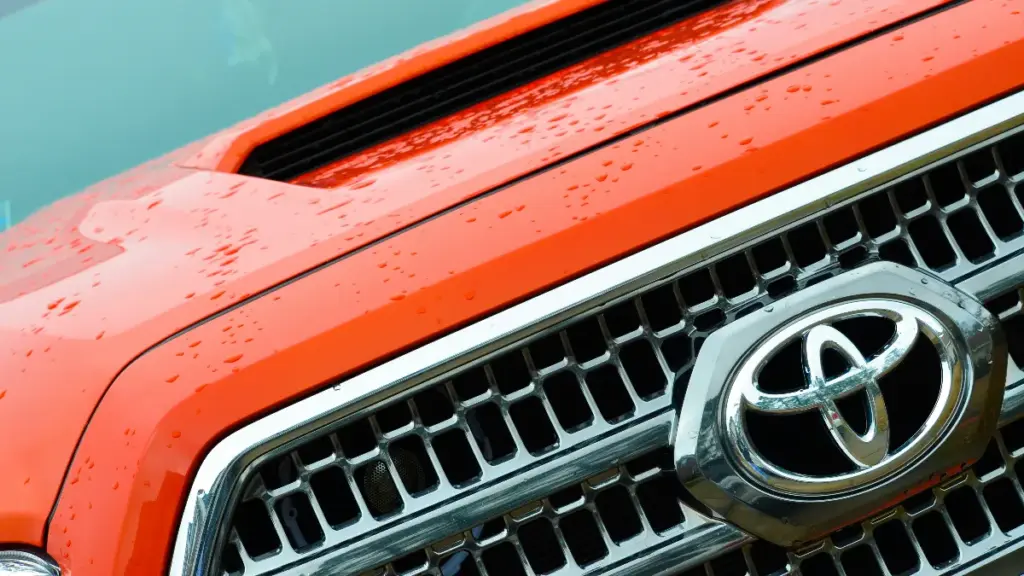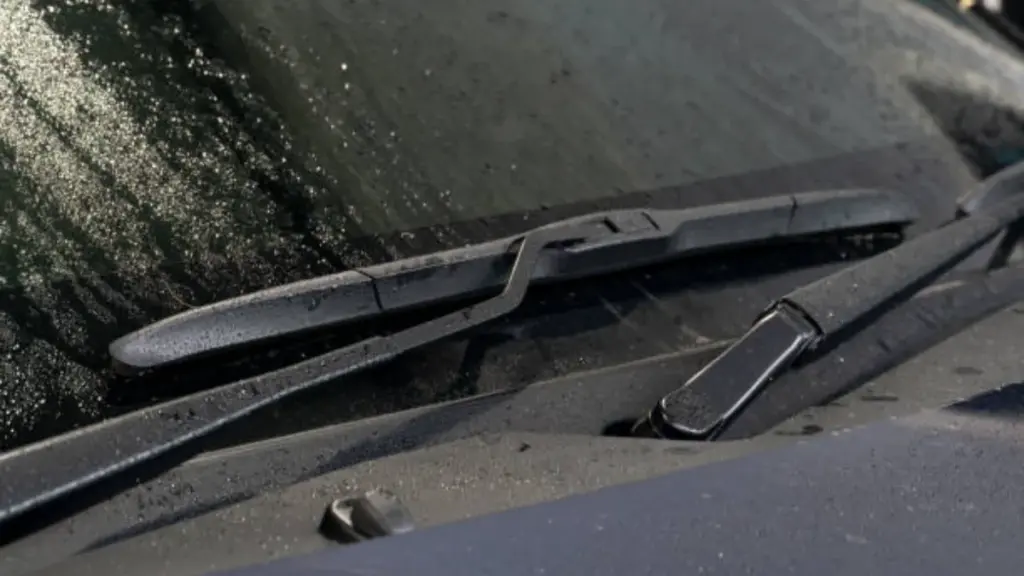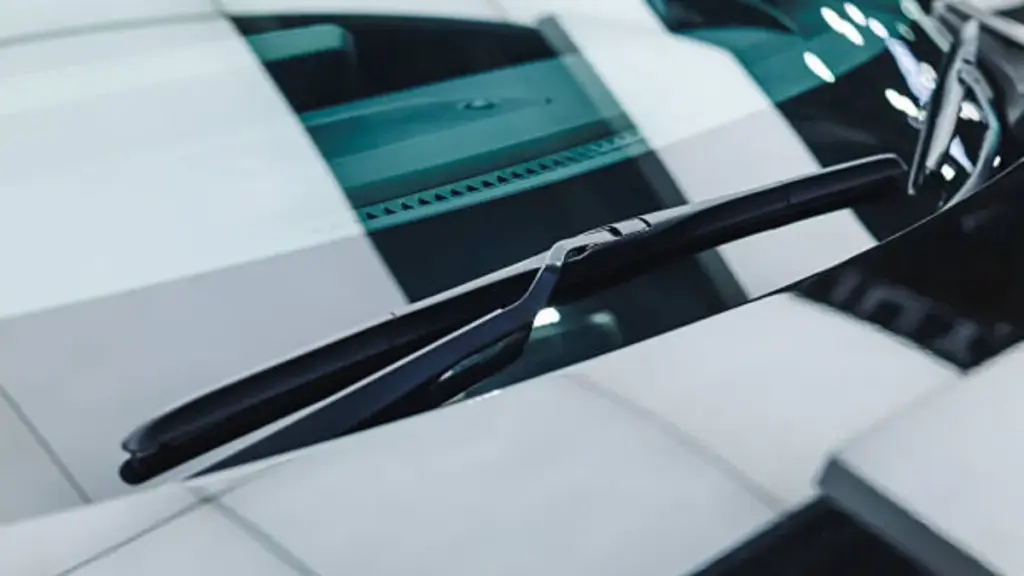これを想像してください: あなたは雨の中で運転しています, そして、あなたのフロントガラスワイパーは残業しています. どちらが良いのか疑問に思ったことはありませんか: シリコンまたはラバーワイパーブレード? 市場には非常に多くのオプションがあります, 適切なワイパーブレードを選択するのは少し圧倒される可能性があります. 各タイプには独自の利点と欠点があります, あなたがあなたのニーズに最適なオプションを選択するために彼らの違いを理解することを重要にすること. このブログで, 情報に基づいた決定を下すのに役立つシリコンとゴムワイパーブレードの長所と短所に飛び込みます.

シリコンワイパーブレードとは何ですか?
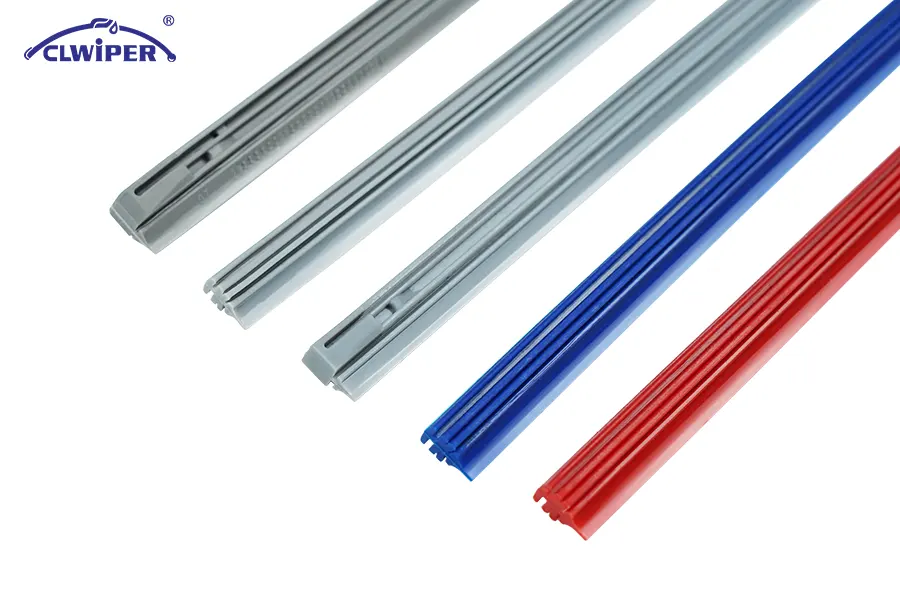
シリコンワイパーブレードは、その回復力とパフォーマンスの特性で知られている合成ポリマーから構成されています. 業界は、その優れた耐久性と環境ストレッサーに対する抵抗のために、シリコンを材料として受け入れてきました. シリコンワイパーブレードは、極端な温度に耐えるように設計されています, UV暴露, およびオゾンの劣化, 多くの場合、従来のゴム製の刃が時期尚早に劣化する可能性があります.
シリコンコーティングされたワイパーブレードのプロ
シリコンコーティングされたワイパーブレードは、いくつかの顕著な利点をもたらす高度なデザインを誇っています. 彼らが提供する利点を見てみましょう:
- 耐久性が拡張されました: シリコンコーティングされたワイパーブレードは、従来のゴム製の刃よりも長持ちするように設計されています, 紫外線とオゾンに対する抵抗のおかげです.
- パフォーマンスの向上: 彼らはより滑らかなものを提供します, ストリークフリーワイプアクション, 悪天候時の視界の向上に貢献します.
- 温度の回復力: シリコンブレードは、極端な温度でうまく機能します, 暑さと寒い状態の両方で柔軟性と有効性を維持する.
- ノイズの減少: これらの刃は通常、ゴム製の刃に比べて静かに動作します, 全体的な運転の快適さを強化します.
- 水による忌避: シリコーンは、水を撃退するのに役立つフロントガラスに薄い層を残します, 明確さを改善し、ブレード交換の頻度を減らします.
シリコンコーティングされたワイパーブレードの短所
しかし, シリコンコーティングされたワイパーブレードには、欠点がないわけではありません. 次の潜在的な欠点を考慮してください:
- より高いコスト: シリコンブレードは一般に、ゴム製の刃よりも高価です, これは、コストに配慮した消費者の要因かもしれません.
- 寒い気候のパフォーマンス: 非常に寒い状態で, シリコンブレードは柔軟性が低下する可能性があります, 潜在的に彼らの有効性に影響を与えます.
- メンテナンス要件: 寿命を最大化するため, シリコンブレードには適切なメンテナンスが必要です, 怠慢は時間の経過とともにパフォーマンスに影響を与える可能性があります.
- 限られた可用性: シリコンワイパーブレードは、ゴム製の刃ほど広く利用できない場合があります, 一部の車両モデルの潜在的に制限オプション.
ゴムワイパーブレードとは何ですか?
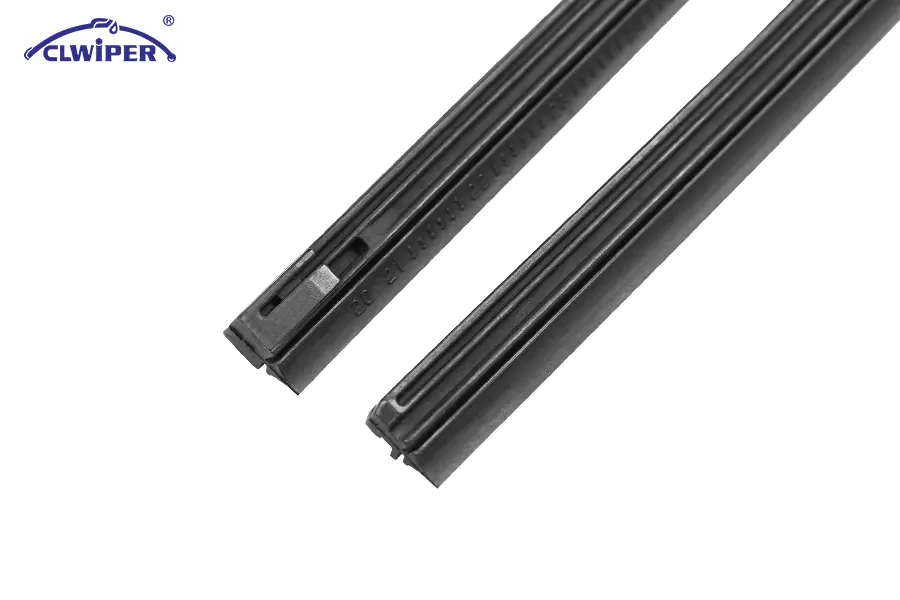
ラバーワイパーブレードは、最も一般的に使用されるワイパーブレードのタイプです, 主に天然または合成ゴムから作られています. この素材は、その柔軟性と適応性のために選択されています, ブレードがフロントガラスの輪郭に適合し、効果的に雨を取り除くことができます, 雪, と破片. ゴムワイパーブレードは、通常、ゴム要素をサポートする金属フレームで設計されています, 効果的な拭き取りアクションのためにフロントガラスを横切る適切な圧力分布を確保する.
シリコンコーティングされたワイパーブレードのプロ
ラバーワイパーブレードは、ドライバーの間で人気のある選択肢となるいくつかの利点を提供します:
- 手頃な価格: ラバーワイパーブレードは、通常、シリコンのオプションと比較して予算に優しいです, それらを多くの消費者にとって費用対効果の高い選択肢にします.
- 柔軟性: ゴム材料は非常に柔軟です, 刃がフロントガラスの表面に適合して、効果的で拭くことさえできる.
- 寒い気候のパフォーマンス: 通常、ゴム刃は寒い状態でうまく機能します, 凍結温度でも柔軟性と機能を維持します.
- 交換の容易さ: それらの広範な使用のため, ゴムワイパーブレードは簡単に入手でき、交換が簡単な場合が多い, さまざまな車両モデルの幅広い互換性のあるオプションがあります.
- 良好な水の除去: 彼らはフロントガラスから水と破片を除去するのに効果的です, 有害な気象条件中の明確な可視性を確保します.
シリコンコーティングされたワイパーブレードの短所
彼らの利点にもかかわらず, ラバーワイパーブレードにもいくつかの欠点があります:
- 寿命が短い: ゴム製の刃は、シリコンブレードに比べて耐久性が低く、紫外線への曝露により、より速く摩耗する可能性があります, オゾン, および温度変動.
- ストリーキングする傾向があります: 時間とともに, ゴム製の刃は、縞を発症したり、フロントガラスに残留物を残すことができます, 視界を損なう可能性があり、より頻繁な交換が必要です.
- 摩耗と裂け目: 彼らは老化するにつれてひび割れや分裂の影響を受けやすい, パフォーマンスに影響を与え、タイムリーなメンテナンスが必要です.
- 極端な条件での限られたパフォーマンス: 彼らは寒い気温を比較的うまく処理しますが, ゴム製の刃は、極端に暑い状態で効果的に機能しない場合があります, 彼らがより悪化する傾向がある場所.
ワイパーブレードの違い: ゴム対シリコン
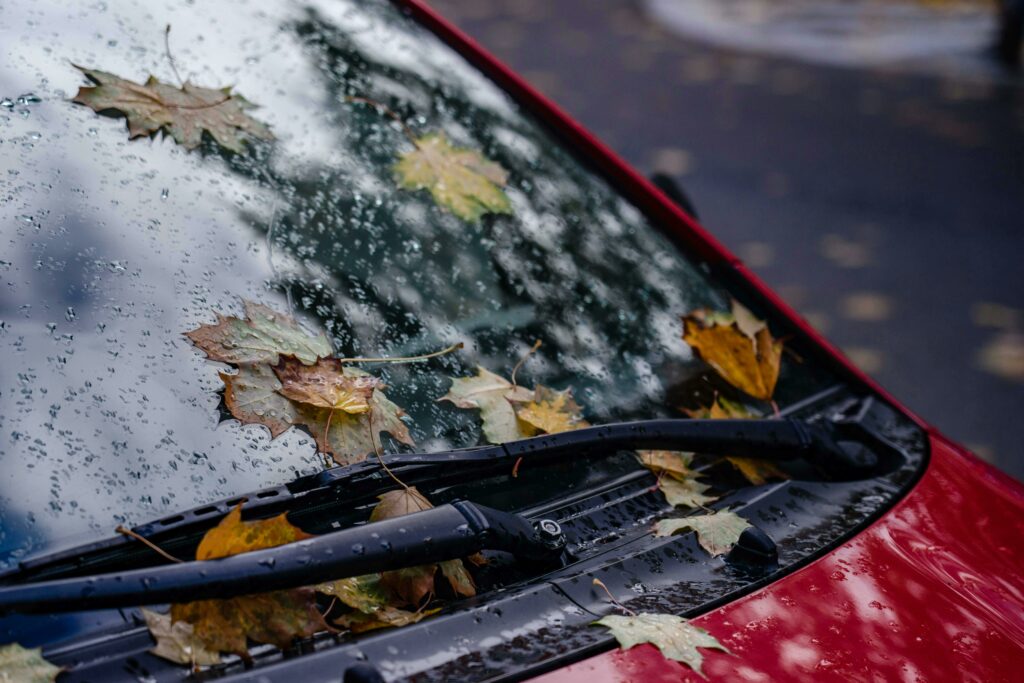
各タイプには、パフォーマンスに影響を与える一意の属性があります, 耐久性, コスト. これは、ワイパーブレードのゴムとシリコンの議論における重要な違いの比較です:
- 材料組成: ゴムワイパーブレードは、天然または合成ゴムから作られています, これは柔軟で費用対効果が高いです. シリコンワイパーブレード, 一方で, その優れた耐久性と環境要因に対する耐性で知られている合成シリコンゴム化合物を使用してください.
- 耐久性: シリコンブレードは一般的にゴムの刃よりも長い寿命を持っています. それらは紫外線に耐性があります, オゾン, そして極端な温度, これは、亀裂や劣化を防ぐのに役立ちます. ゴム製の刃, 最初は効果的です, これらの同じ環境ストレッサーのために、より速く摩耗する傾向があります.
- さまざまな条件下でのパフォーマンス: シリコンワイパーブレードは、幅広い気象条件で優れたパフォーマンスを提供します, 極端な温度を含む. 彼らは時間の経過とともに柔軟性と有効性を維持します. 寒い気候ではゴム製の刃はうまく機能しますが、高温ではあまり効果的ではなくなる可能性があります, 潜在的なパフォーマンスの問題につながります.
- ノイズレベル: シリコンワイパーブレードは、しばしば動作が静かです, よりスムーズで快適な運転体験を提供します. ゴム製の刃はノイズが多い場合があります, 特に彼らが着て、彼らの表面が不均一になるにつれて.
- 水による忌避: シリコンブレードは、フロントガラスにシリコンの薄い層を残します, これは水を撃退し、刃の交換の頻度を減らすのに役立ちます. ゴム製の刃は、この水反復性の機能を提供しません, より頻繁なストリーキングとメンテナンスにつながる可能性があります.
- 料金: ゴムワイパーブレードは、一般的にシリコンブレードよりも手頃な価格です. これにより、最初は費用対効果の高いオプションになります, 寿命が短くなると、より頻繁に交換するため、長期コストが高くなる可能性があります.
- 可用性: ラバーワイパーブレードは広く利用可能で、幅広い車両に適合しています, それらを多くのドライバーにとって便利な選択肢にします. シリコンブレード, ますます利用可能になっています, すべての車両モデルでそれほど簡単に見つけることができず、より高価になる可能性があります.
シリコンワイパーブレードはゴムよりも優れています?
の問題は、ゴム製の刃よりもシリコンワイパーブレードが優れていることは、個々の好みと特定の運転条件に大きく依存します. 各タイプは、決定に影響を与える可能性のある明確な利点を提供します.
シリコンワイパーブレード 耐久性と高性能を要求する状況で際立っています. 極端な気象条件のある地域では特に有利です, 激しい熱など, 大雪, または頻繁な降雨. シリコンワイパーブレードは、紫外線とオゾンに抵抗します, 激しい日光や汚染レベルの高い気候に理想的にする. 彼らはまた、静かに優先順位を付けるドライバーにも適しています, スムーズな動作と、シリコンの優れた寿命のためにブレード置換の頻度を最小限に抑えたい人.
一方で, ゴム製の刃 涼しい気候で効果的であり、日常の運転のニーズに合わせて費用対効果の高い選択肢です. 中程度の気象条件ではうまく機能し、一般的に柔軟性があります, これは、通常の温度変動を経験する地域で有益です. ゴム製の刃もすぐに入手でき、手頃な価格です, 予算に配慮したドライバーや、厳しい気象条件の少ない地域に住んでいるドライバーにとって実用的なオプションにする.
どのワイパーブレードを購入するかを知る方法?
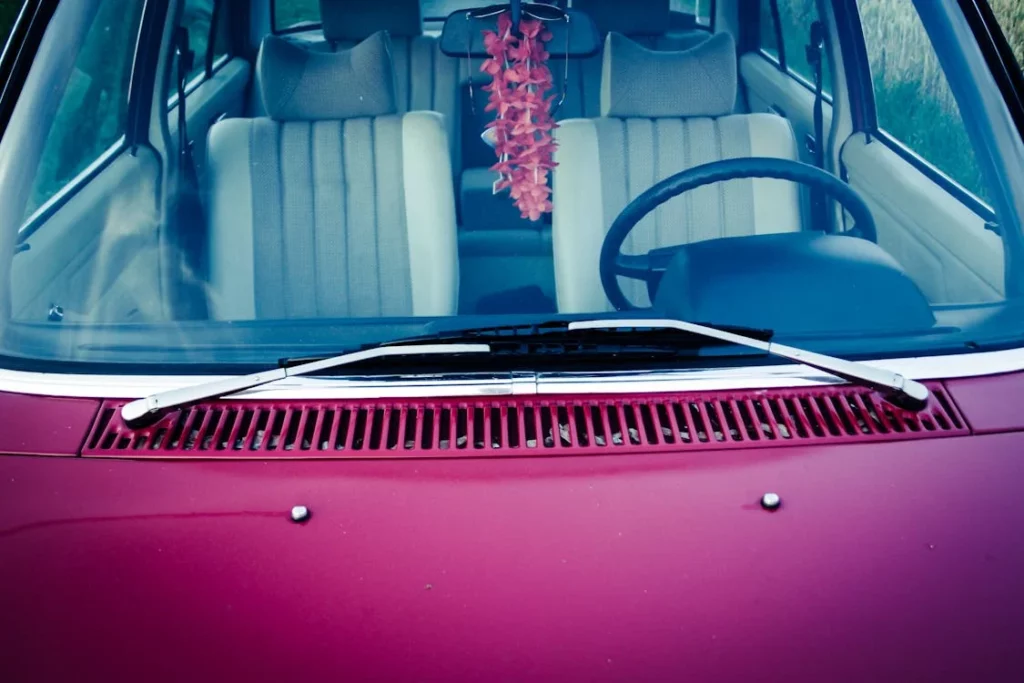
権利を選択します ワイパーブレード いくつかの要因を評価して、車両と運転条件に最適なオプションを選択することを保証します. 情報に基づいた決定を下すのに役立ついくつかの重要な考慮事項があります:
- あなたの気候を考えてください: お住まいの地域の典型的な気象条件を評価してください. 極端な気温や大雨が発生した場合, シリコンワイパーブレードは、優れた耐久性とパフォーマンスを提供する場合があります. より適度な気候のために, ラバーブレードは、低コストで十分なパフォーマンスを提供できます.
- ブレードの寿命を評価します: ワイパーブレードが長続きする時間を決定する. シリコンワイパーブレードは一般に、より長い寿命と環境ストレッサーに対するより良い耐性を提供します, それらを長期的な使用に適した選択にします.
- 互換性を確認してください: 選択したワイパーブレードが、車両のメーカーとモデルと互換性があることを確認してください. 車両の所有者マニュアルまたはメーカーの仕様に相談して、正しいサイズとタイプを選択してください. 適切なサイズを選択する方法に関する詳細なガイドについては, ワイパーブレードサイズに関するこの記事をご覧ください ここ.
- コストを比較します: 予算と目的のパフォーマンスのバランスを取ります. シリコンブレードの前払いコストは高くなる可能性があります, それらの耐久性は、時間の経過とともにこれを相殺するかもしれません. ラバーブレードはより手頃な価格ですが、より頻繁な交換が必要になる場合があります.
- レビューと推奨事項を参照してください: 他のドライバーや信頼できる情報源からのレビューと推奨事項を探してください. パフォーマンスと信頼性に関するフィードバックは、ワイパーブレードがあなたのニーズに最適な貴重な洞察を提供することができます.
- Windshield Wiper Bladeメーカーに確認してください: 具体的なアドバイスとオプションについて, 主要なフロントシールドワイパーブレードメーカーのような相談をご覧ください クリッパー. 彼らはあなたの車両と運転条件に基づいて専門家の推奨事項を提供できます, 十分な情報の選択をするのに役立ちます.
結論
探索したように, その問題はより良いです: シリコンまたはラバーワイパーブレードが沸騰します, 特定のニーズと運転条件にまで. シリコンブレードは、並外れた耐久性とパフォーマンスを提供します, 長寿と効率性を求めている人に理想的なものにします. 一方で, ゴム製の刃は、より予算に優しいオプションです, 寒い気候で柔軟性と優れたパフォーマンスを提供します. 優先順位と地元の天気を検討することにより, フロントガラスを透明に保ち、運転体験を安全に保つワイパーブレードを選択できます.

